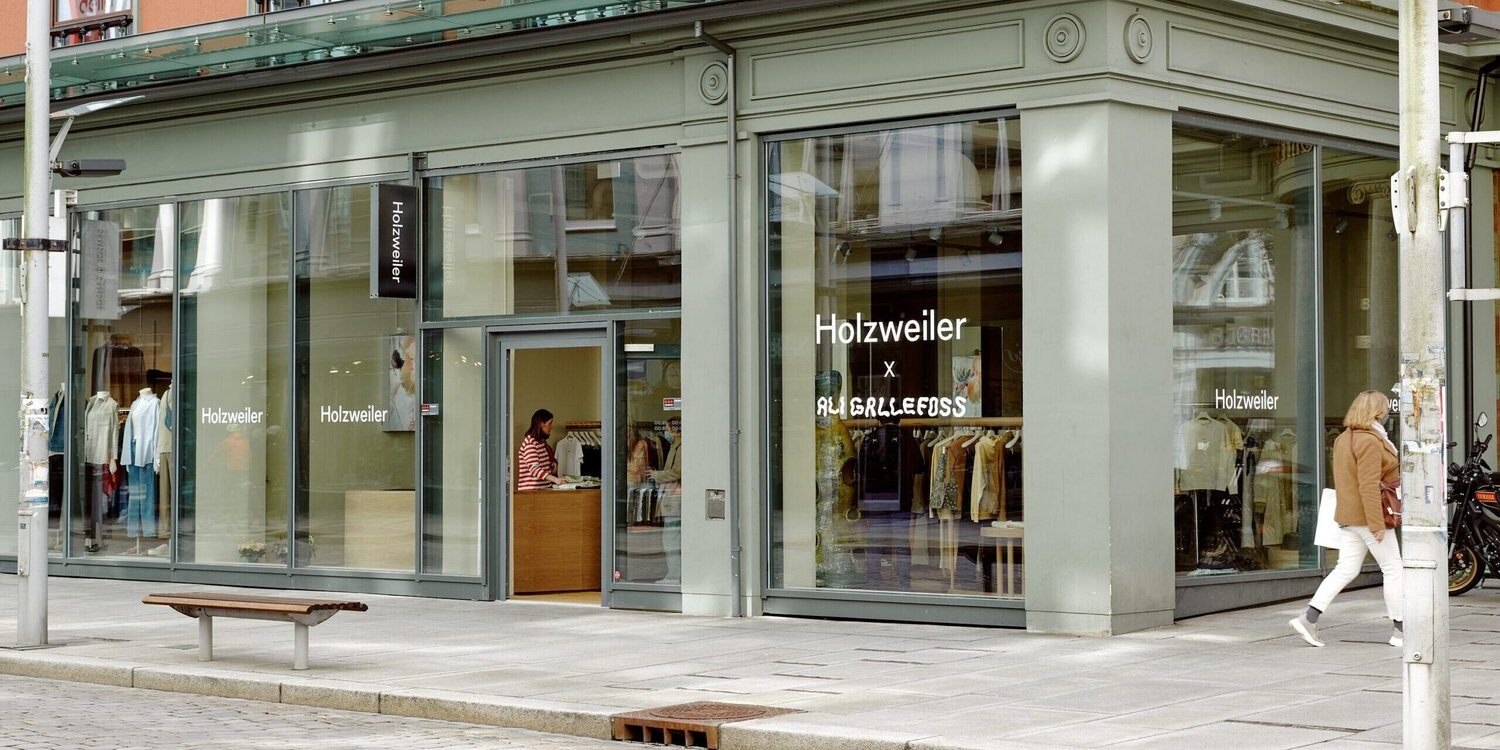The gradual easing of COVID restrictions has meant many of our Hot Potters have in recent months gone back to work remotely from their home cities, visit their families, and immerse themselves back into the buzz of daily life in China.
Last week, Adam sat down with Chen Jin, our superstar account manager, to talk about some key trends in retail and youth culture which she noticed during her trip back to Nanjing in Eastern China.
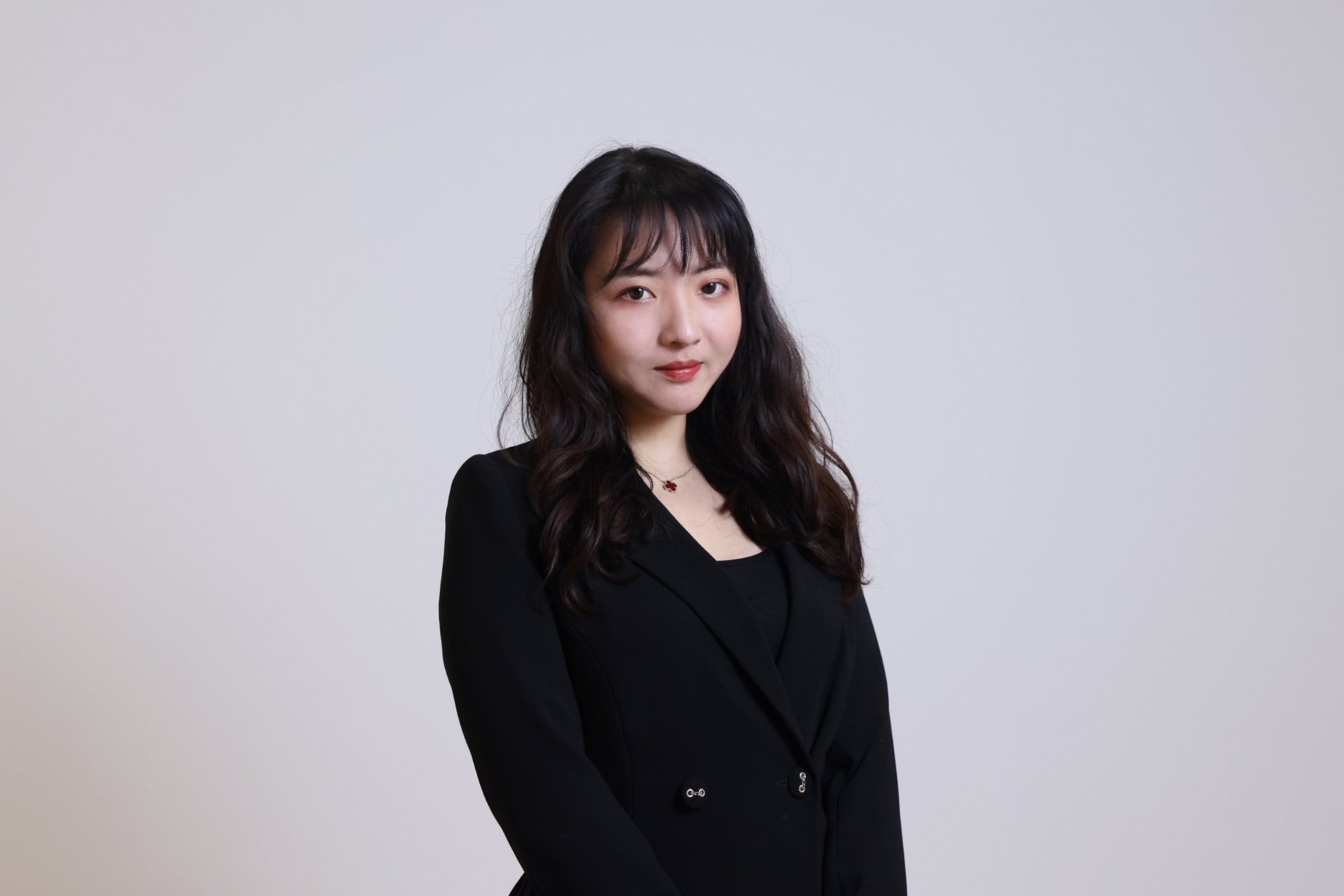
AD: Hey Chen, first of all welcome back to London.. How was your trip and how was it being back in Nanjing and in China?
CJ: Hi Adam, thank you! As you know I love working and living in London, but being back in my hometown in Nanjing was really special. Nanjing is a really important city in China’s past - it has been the capital city of many famous dynasties throughout Chinese history. To me it’s just home though, so it was great to be back in Nanjing and to see my family. As for China - there’s a real sense of renewed energy now that COVID has eased up and people are gradually adjusting to normal life again.
First and foremost it was great to be back seeing family and friends for the first time in a while. Secondly it was interesting and exciting to head out to do some ‘real-life’ observations of how brands are actually acting in retail, and what’s new on the ground.
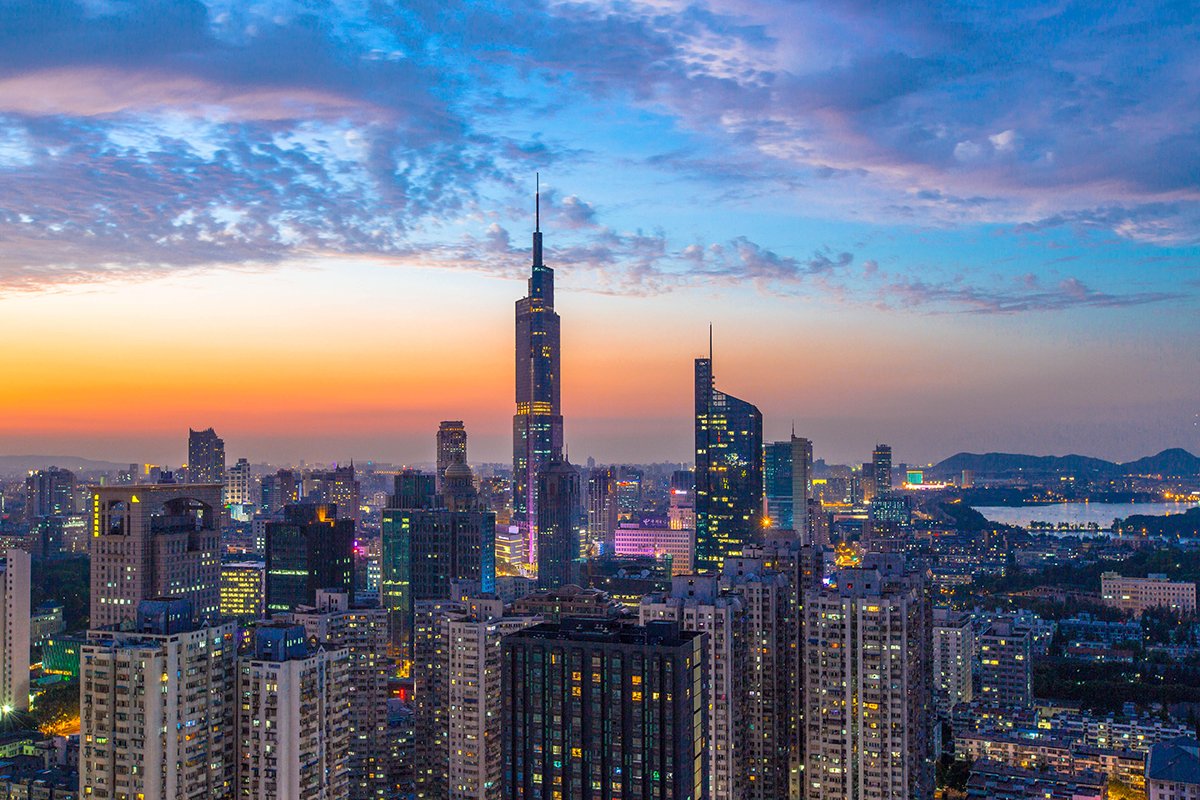
Nanjing at Twilight
AD: That sounds lovely. Speaking of which, perhaps you could talk through a few of your observations from retail whilst you were back in China?
CJ: Sure. So the first thing I noticed was that more and more brands, particularly cosmetic brands, are levelling up their O2O (offline-to-online), and using vending-machine style sampling as an O2O marketing channel.
Whereas in the past I have seen this employed quite rarely in China, on my most recent trip I noticed a larger range of brands using free samples to engage and attract prospects, especially in shopping malls. Brands like Lancôme, Dior, Keihl’s and La Neige in Golden Eagle Shopping Mall were all making use of this, and most of them followed a similar model: At each vending machine, a QR code enables each shopper to scan, and be directed to a mini program landing page. There, the shopper is prompted to enter their details and sign up for future communication in exchange for a one-time use code which they need to enter into the vending machine to get their free sample

O2O vending machines in Golden Eagle Mall, Nanjing
AD: Fascinating. So more brands seem to be looking to offer Chinese shoppers in high-end malls a free product in exchange for their data? That’s an interesting and perhaps more long-term approach as brands look to build a deeper relationship beyond just one transaction.
CJ: Exactly. It’s also interesting that brands, particularly cosmetics brands, are expanding their touchpoints and starting to build a more sophisticated O2O sampling approach.
AD: Absolutely. And whilst you were shopping in Nanjing, did you notice any other developments in the retail experience?
CJ: I did actually. What was really interesting to me was that the shopping malls themselves are increasingly developing amenities and attractions that go far beyond the buying experience in-store. Retail environments are becoming the attractions themselves!
AD: That sounds intriguing. What exactly do you mean though?
CJ: I’ll give you an example. Whilst in Nanjing, I went with friends to Deiji Plaza Mall, a really famous shopping destination in the city. Whilst I was there I noticed an unusually large queue at the toilet/restroom facilities…the mall had launched state-of-the-art washrooms with water features, marble, spa and treatment rooms, as well as jaw-dropping architecture and design.
The line to take photos of the toilets (and put them on XiaoHongShu) were in some cases bigger than the line for clothes and other facilities.
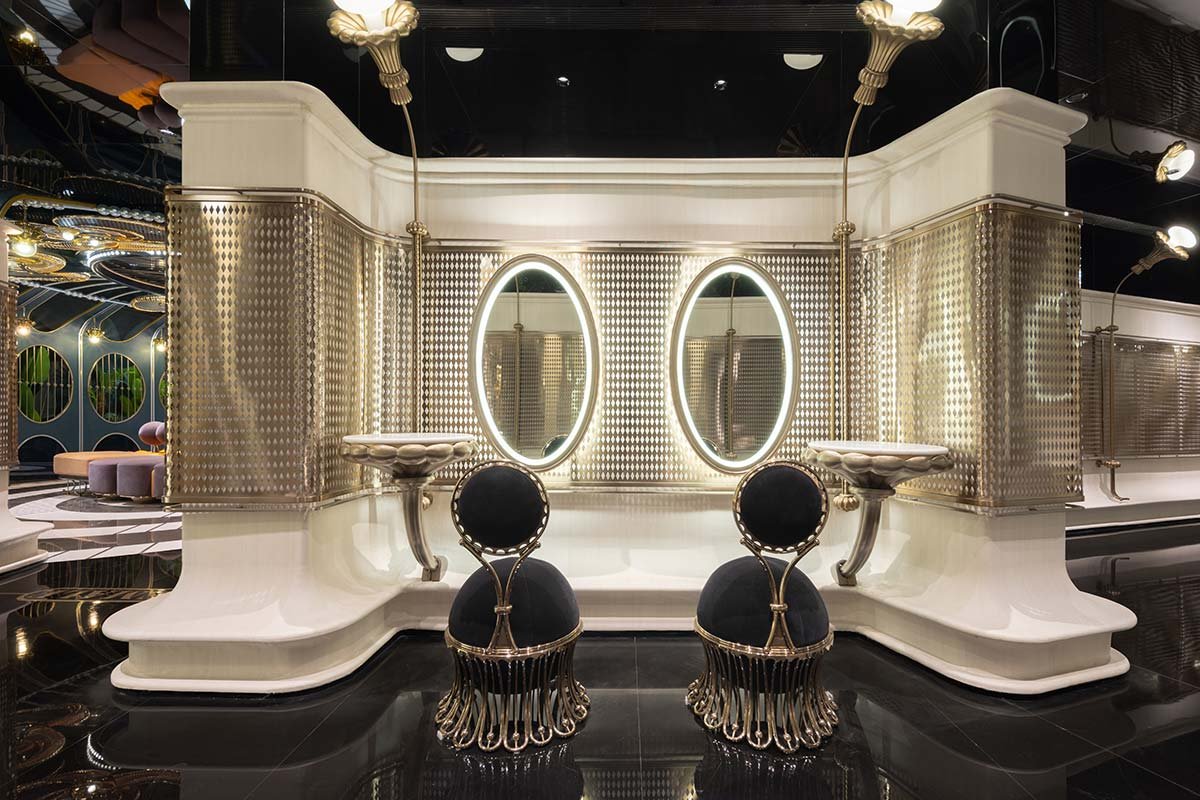
Viral toilets in Nanjing!
AD: So the mall had built toilet facilities that were themselves driving interest and engagement on social media?
CJ: Yes. It really opened my eyes and my understanding - shoppers are increasingly seeking out a return on their shopping experience, and sometimes it’s the shopping malls rather than the brands who are trying to give them this experience.
AD: Amazing. What do you think brands can take from this insight, and how can they use it to win commercially?
CJ: I think this example I gave was an example of the importance, especially in China now, that shoppers are placing on the retail experience around purchase. Brands need to start investing in this experience, if not in high-end facilities, then at least in a knowledgeable store staff or an engaging, intriguing store experience.

AD: Switching subjects away from retail, was there anything you noticed about daily life with your friends in Nanjing that’s worth mentioning?
CJ: I did. Whilst some things stay the same, I’m always on the lookout for emerging fashion trends to share with our fashion clients. I noticed that many young Chinese were adopting a 新中式, Xin/Zhong/Shi, or Modern Chinese style in their dress/aesthetic, whereby classical Chinese outfits and garments are mixed in with modern clothing. This was pretty common when I was out and about in Nanjing, and you could say this was a mainstream trend in the city.
AD: So with regards to 新中式, how do you think Western brands can lean into this?
CJ: I think many are. If you look at some of the recent Prada collections, as well as the capsule collections and marketing campaigns that brands like Balenciaga are launching for Chinese New Year are all trying to tap into this trend, known as Guochao, or national wave.
AD: And apart from this reclaiming of more historic Chinese garments back into modern style in fashion, which reflects this Guochao trend, did you notice anything else when in China that points to this?
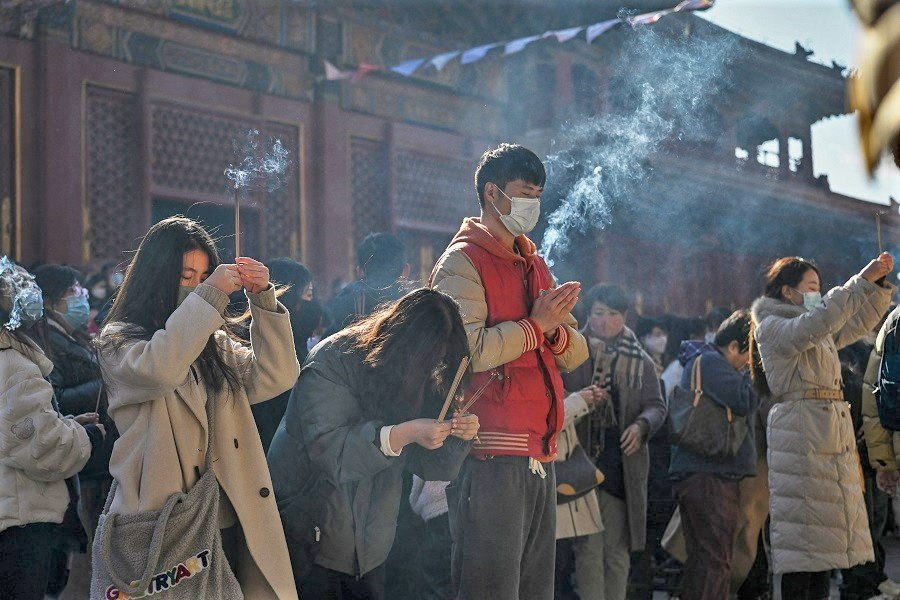
CJ: I actually did. During my time back in China I had the opportunity to travel to a few different cities, including to Beijing which I loved. I noticed that an increasing number of young people were visiting and actively participating in spiritual sites like temples. Whilst in the capital I went to Yonghe Palace and me and my friends got some of the souvenir bracelets that have been making waves on RED recently.
AD: Interesting. I read online on Jing Daily that temple visits were up 300% this Spring which is pretty incredible. So you noticed young Chinese in Beijing taking a love and yearning for ancient Chinese history and culture and making it meaningful to them beyond just their clothing choices?

CJ: Yeah exactly. It was really interesting to me.
AD: What do you think motivates the return to spirituality as part of that trend though?
CJ: It’s a deep topic. But I definitely think due to the uncertainty of COVID, there has been a re-evaluation of what life means to young people in China, and reclaiming Chinese heritage and spiritual meaning is perhaps an important part of that.
AD: But marble toilets and cosmetic vending machines are still important too, right?
CJ: Absolutely they are!
AD: Thanks for talking to me about your time in Nanjing Chen, and great to have you back.
To access real-time insights from Hot Pot’s Cultural Intel Community, our panel of thousands of premium shoppers from all over China, get in touch with our team at nihao@hotpotchina.com
Related blog posts

